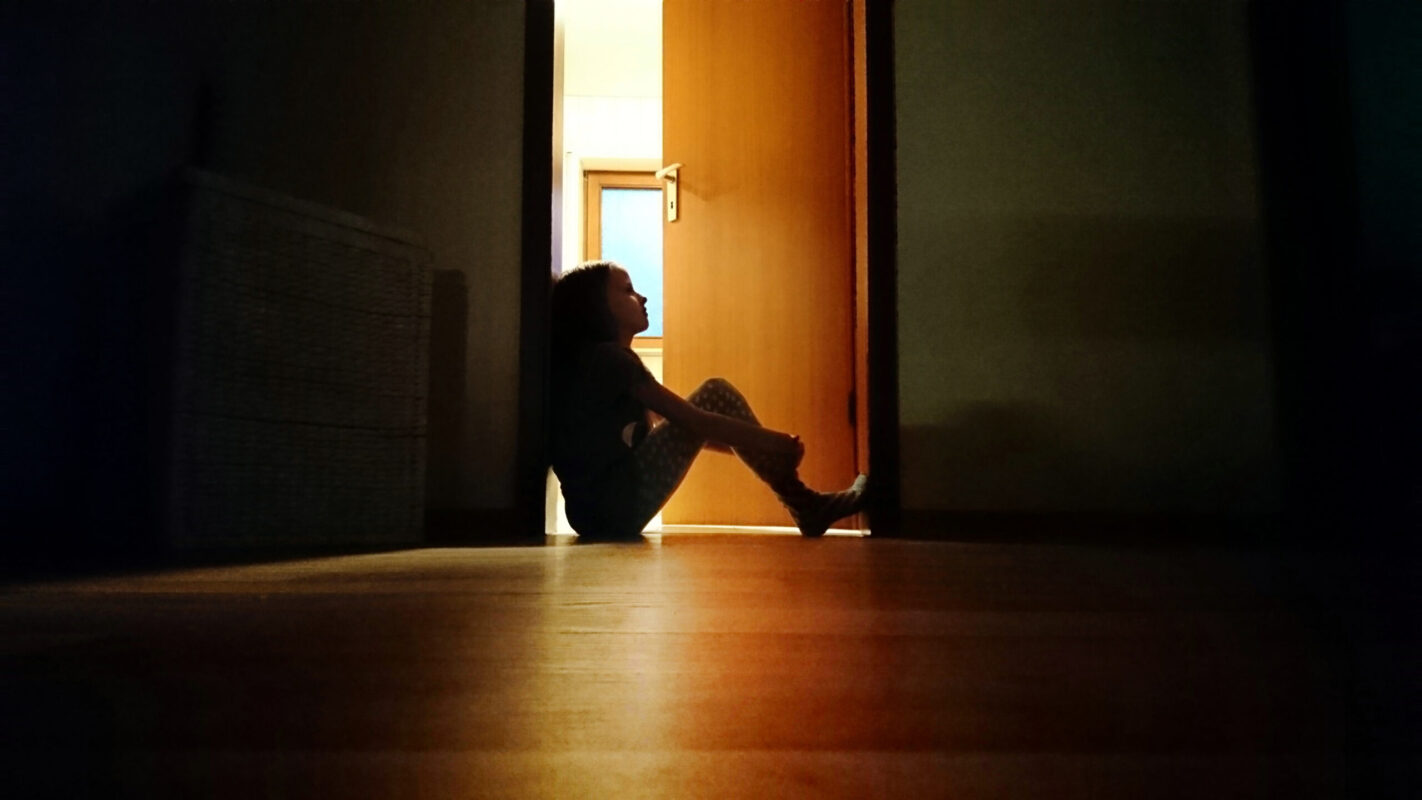If you’ve never experienced the urge to self harm, it can be a difficult concept to grasp. But it’s an important one for everyone to understand.
Over the past decade, Tennessee’s rates of self harm and suicide among children have been rising steadily, as have national rates. And younger children are at higher risk today than ever before.
But there are steps everyone can take to help keep kids safe. WellTuned spoke with Laura Bertrand, licensed professional counselor and mental health expert at BlueCross BlueShield of Tennessee, to learn more.
What is self harm?
Self harm is any behavior where a person hurts themself on purpose. At its root, self harm is an indicator of emotional distress and the need for better, healthier coping skills.
“The purpose of self harm is to release pent-up negative energy and self soothe,” says Bertrand. “If a child or person is experiencing intense, uncomfortable emotions and doesn’t have the language or tools to express those feelings, they may use self harm as an outlet.”
What behaviors does self harm include?
Examples of self harm include:
- Cutting with a sharp object
- Causing burns
- Pulling out hair
- Picking at wounds to prevent healing
- Breaking bones
- Suicide
How common is self harm in children?
More common than most of us imagine. Nearly 1 in 4 adolescent girls and 1 in 10 boys has deliberately harmed themselves.
How does age affect self harm?
“Self harm varies widely in children of different ages,” says Bertrand.
Young children
“In younger children, you might see them hitting themselves, banging their heads against things or scratching themselves with fingernails,” she says.
These behaviors can start very early — as young as 2 years old — and typically indicate a communication issue.
“Self harm in toddlers often means that they want to tell you something really badly but they just don’t have the words,” says Bertrand. “The only way they can handle it is to reach out violently.”
“Often this will improve with age, but when it does happen, it’s important to soothe and not scold. Offer them their blanket or favorite cuddle toy and talk to them in calming tones. At every age, self harm is connected to intense feelings of shame, and we want to be careful never to make a child or person feel worse when they’re already struggling.”
Adolescents
When it comes to teens and pre-teens, cutting and burning are common expressions of self harm, often accompanied by secrecy and shame.
“With adolescents, it’s important to watch for changes in behavior,” says Bertrand.
Take note of:
- A secretive demeanor
- Exhaustion, and
- Unseasonal clothing choices.
“If a kid is wearing long sleeves or pants in hot weather, something is probably wrong,” says Bertrand.
Overall, it’s important to remember that no age is “off limits” for self harm. It’s not unheard of for children as young as 5 or 6 years old to attempt suicide.
What can parents do to help?
First, pay attention to your child, and to changes in their behavior. Secondly, if you discover self harm, take steps to remove shame from the equation.
“It’s perfectly natural for a parent or caregiver’s gut reaction to be to fall to their knees and say, ‘Why would you do that?’” says Bertrand. “But ‘why’ questions can often feel like shaming, even if it’s unintentional. The first thing we learn in behavioral psychology is to never ask why, but instead to ask every other way without using that word.”
If you discover a child has been self harming, take 3 steps:
- Validate their feelings
- Reaffirm your support
- Seek professional help
“Say something like, ‘You must have really been hurting inside, but we still love you,’” says Bertrand. “Then you can ask questions such as, ‘What were you feeling?’ or ‘What can I do to help?’”
“What we’re trying to do as parents or caregivers is to say that, while we are not okay with what happened, it doesn’t make you a bad person for trying to alleviate your pain the only way you felt like you could. The ultimate message should be that we’re going to figure out what we can do together to make it better.”
Any other tips for parents or caregivers?
“If a child is in therapy, it’s a wonderful thing for a parent or caregiver to consider going to therapy as well,” says Bertrand. “Dealing with self harm is stressful, overwhelming and painful, and you don’t have to do it alone.”
“Think of it this way: If you’re on an airplane and it’s crashing, who are you supposed to put the oxygen mask on first? Yourself. You’ve got to get help for yourself first so you can help your child.”
For more information on self harm, suicide and parenting:
- Visit the Tennessee Suicide Prevention Network
- Read these other WellTuned articles:
Get more information about specific health terms, topics and conditions to better manage your health on bcbst.com. BlueCross BlueShield of Tennessee members can access wellness-related discounts on fitness products, gym memberships, healthy eating and more through Blue365®. BCBST members can also find tools and resources to help improve health and well-being by logging into BlueAccess and going to the Managing Your Health tab.


